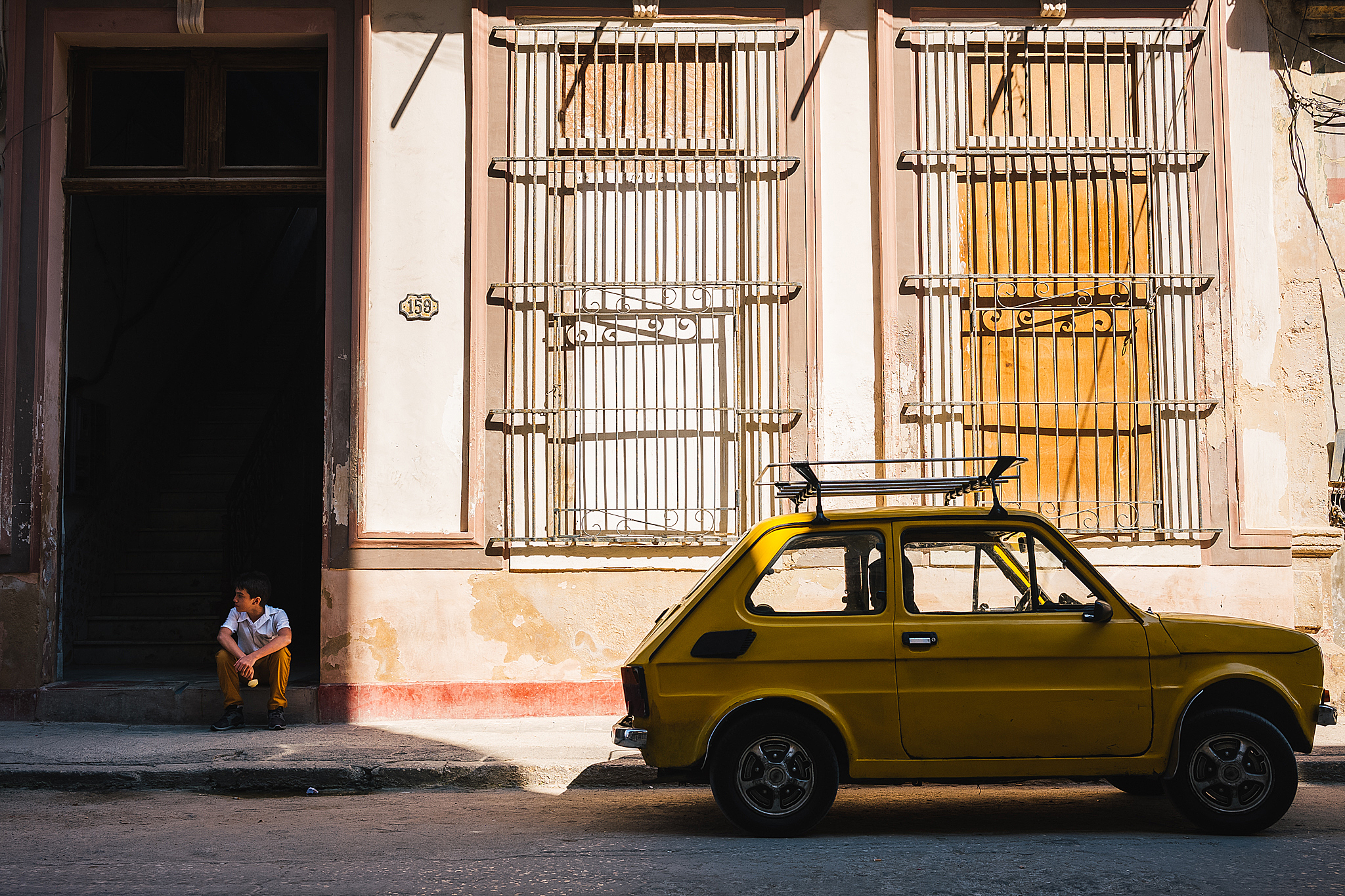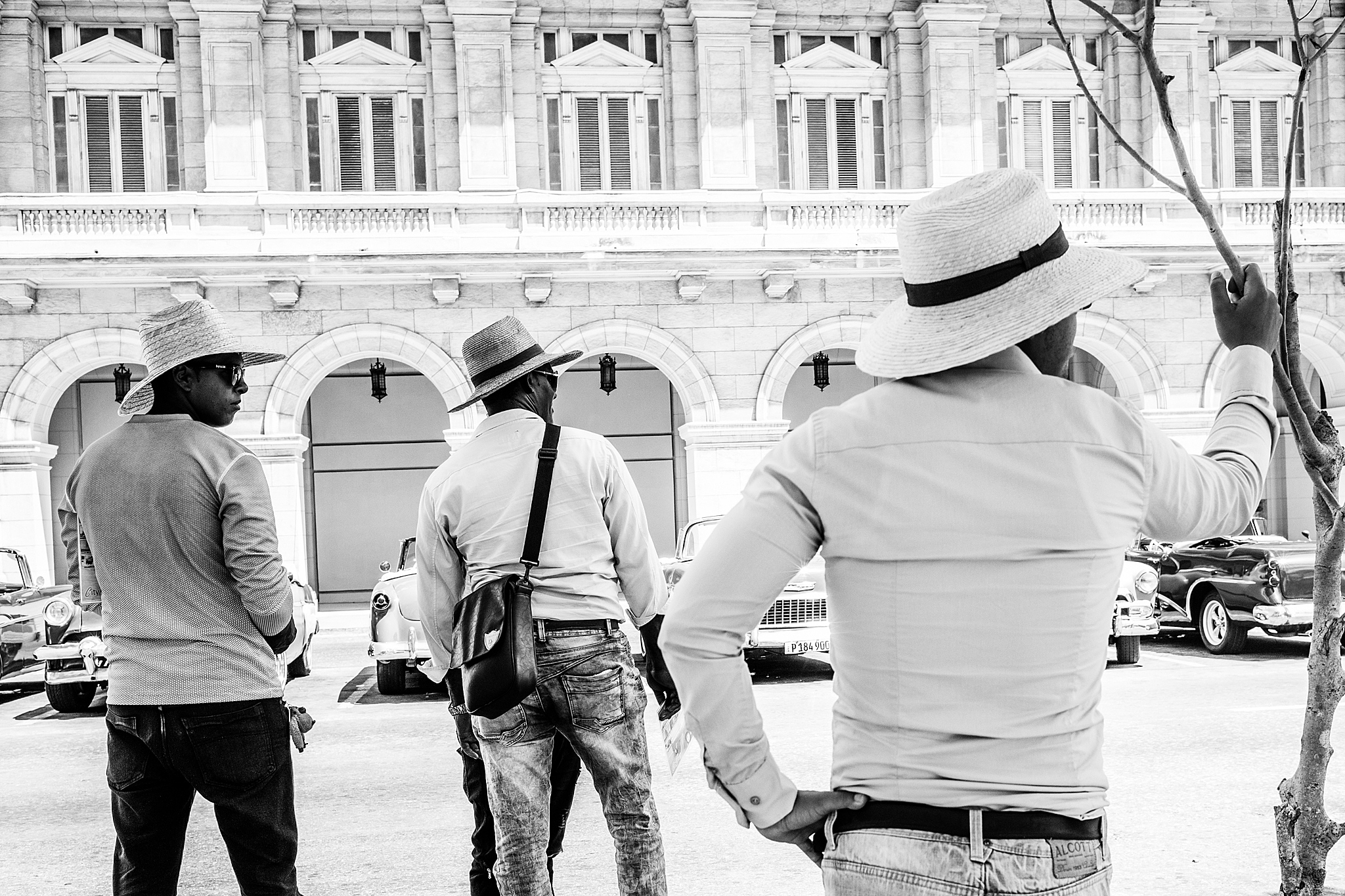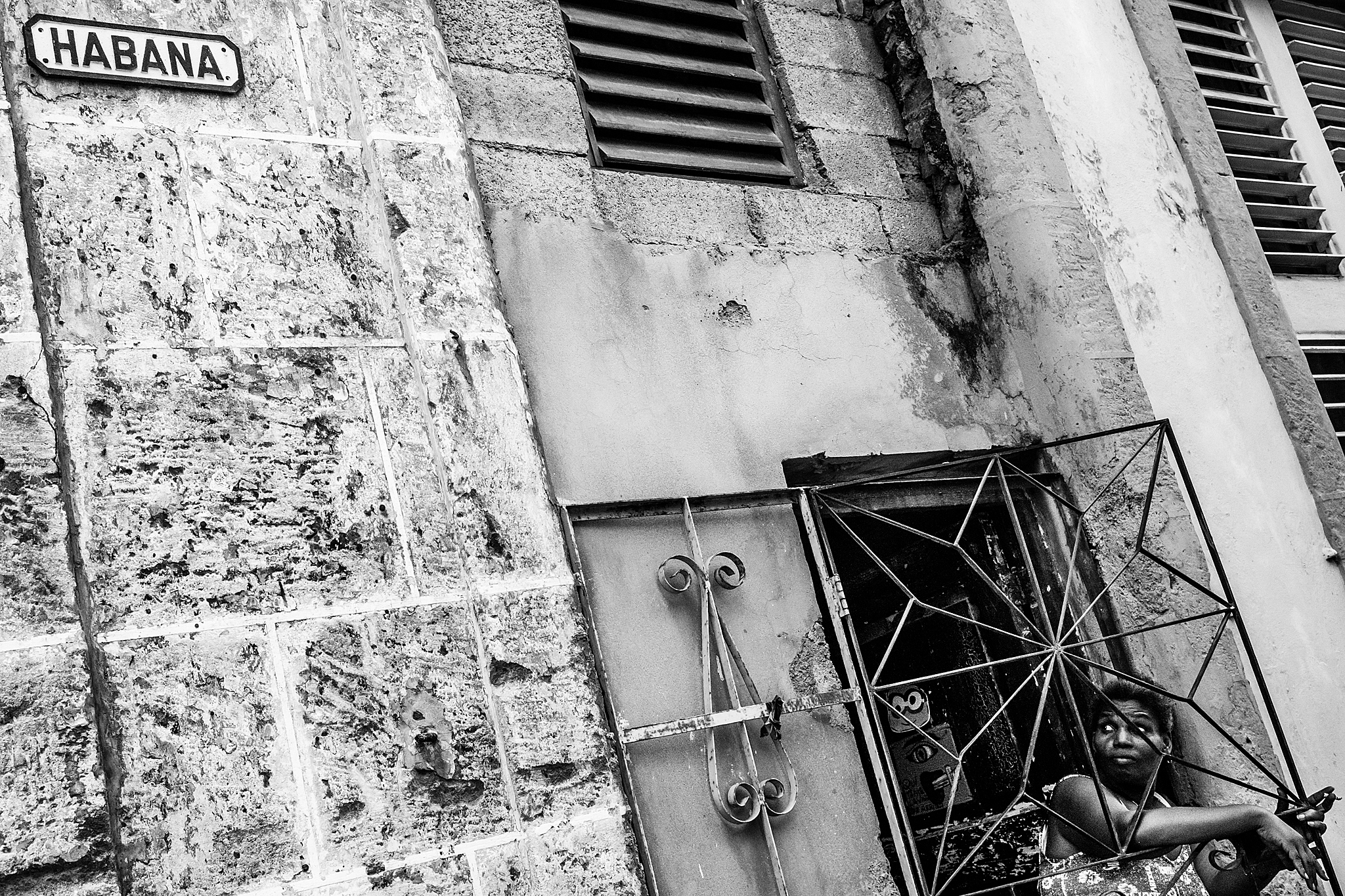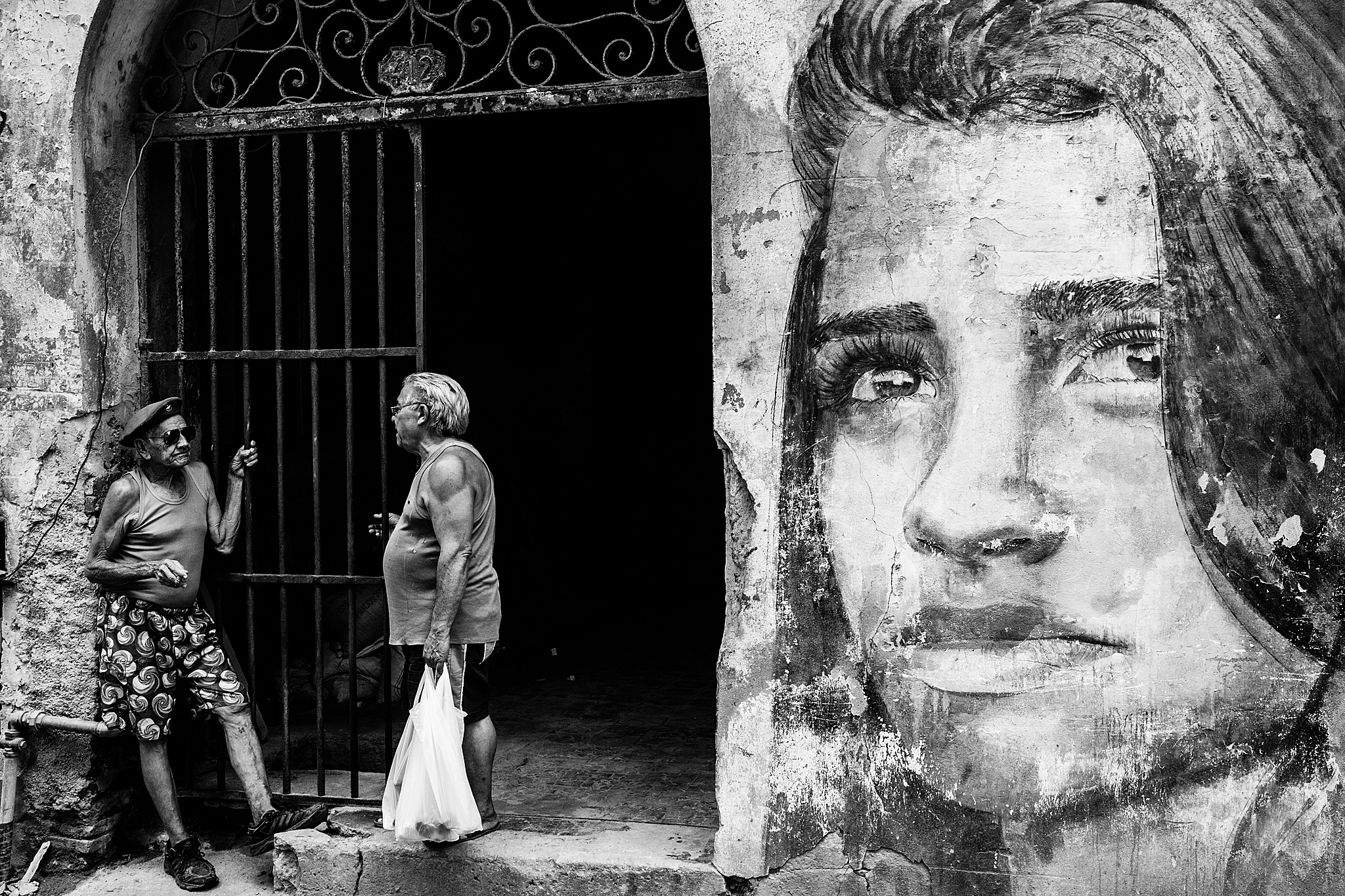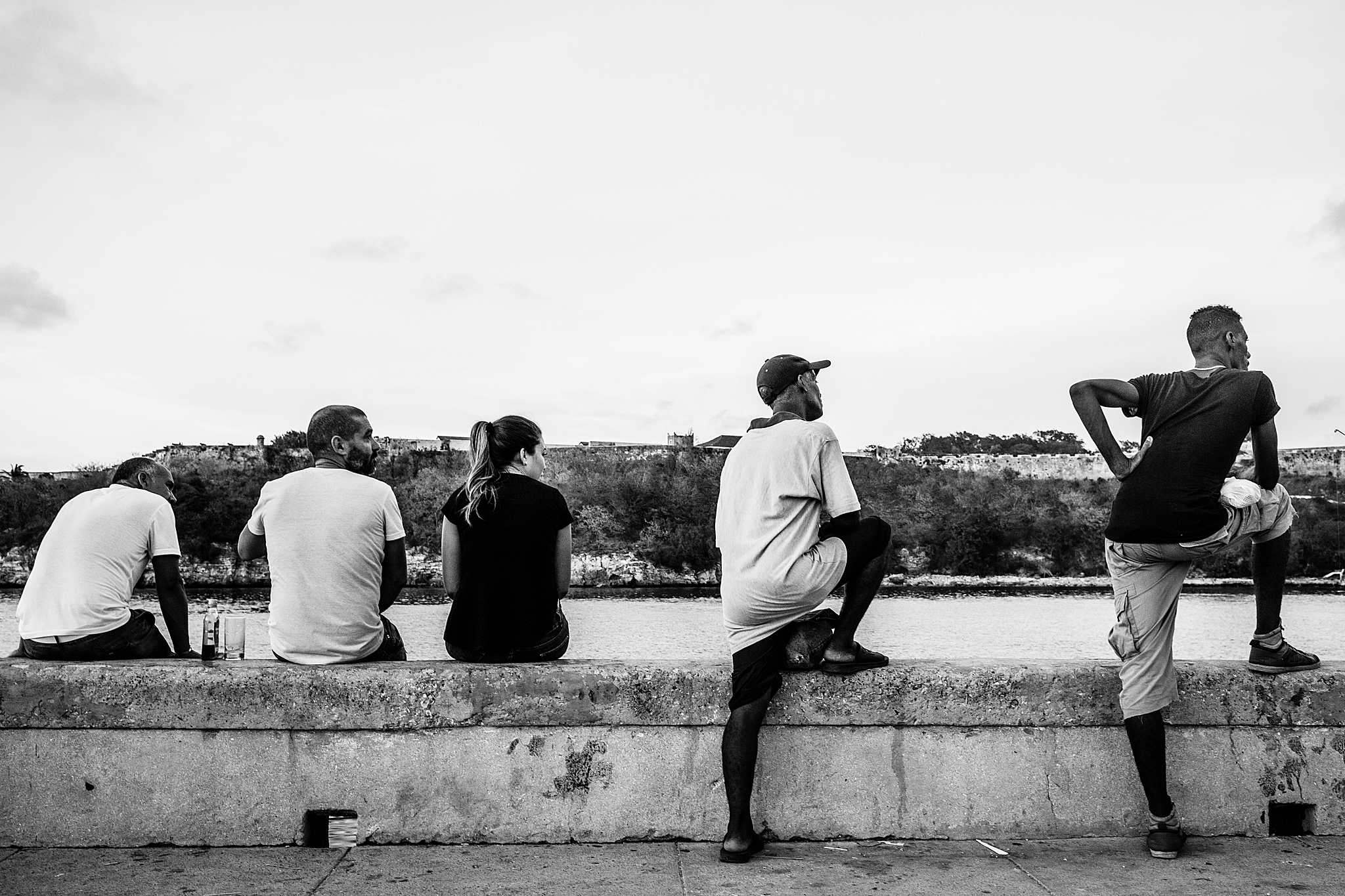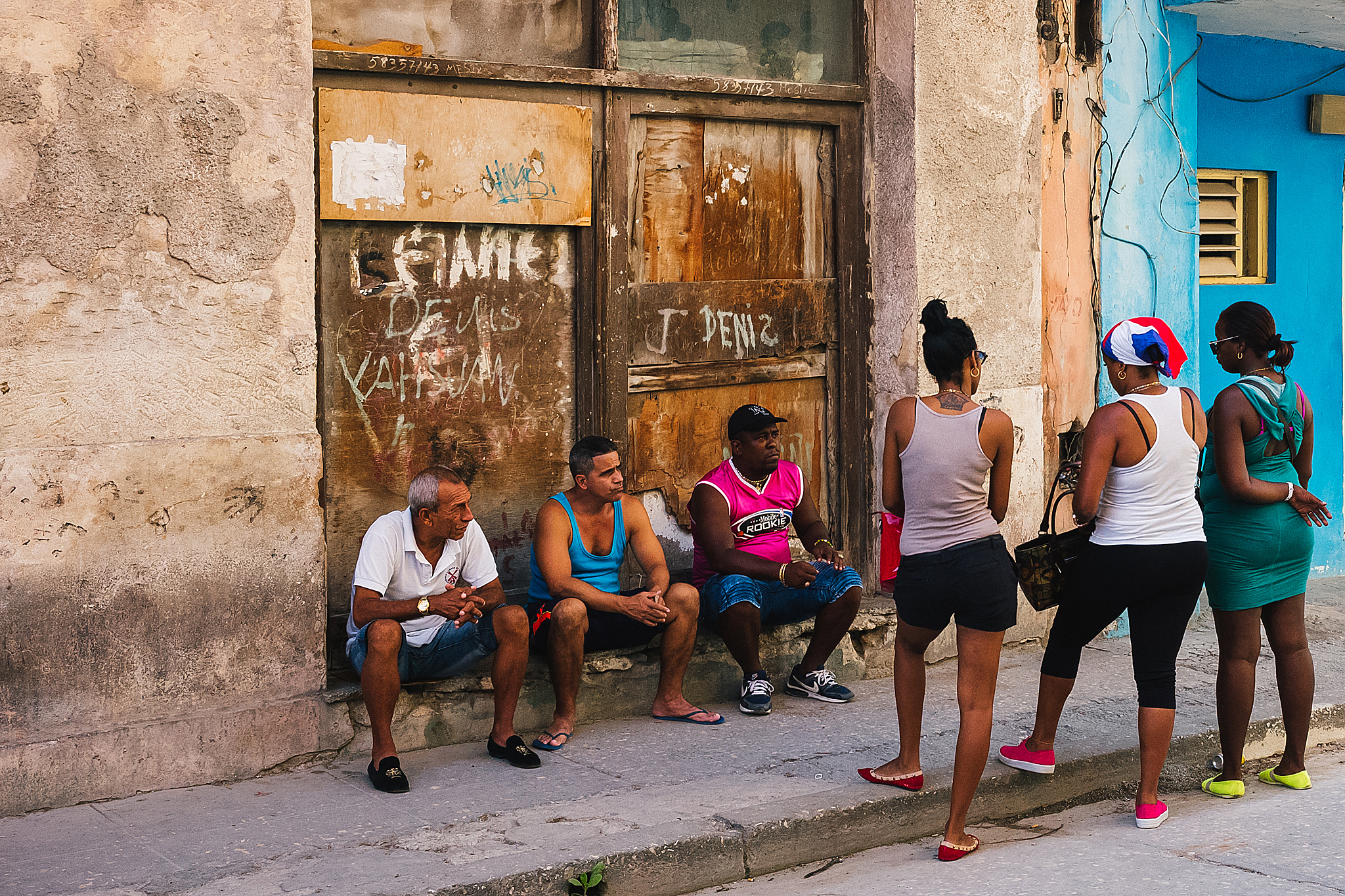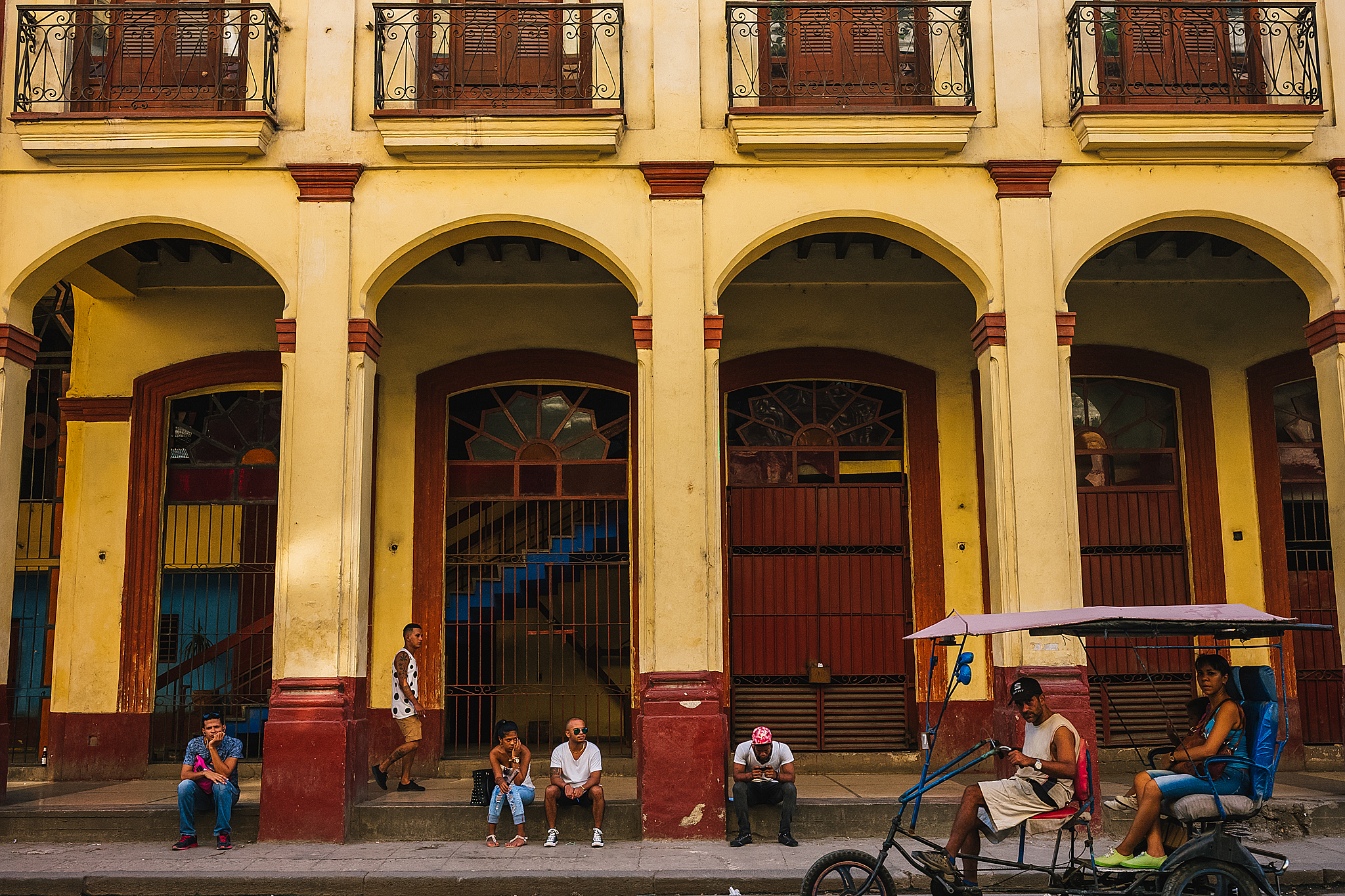If you follow my work closely you probably know two things, I was fortunate enough to recently acquire a Leica M10, paired with a 35mm Summilux lens and I just came back from a street photography trip to Havana, Cuba. Since purchasing this camera system I have been asked a ton of questions about it, mostly things like how good it is and if it's worth the price and all that. So today I will be addressing my reasoning behind getting a Leica M and why it may not be for everyone. I will also briefly touch on why I think it actually makes me a better photographer.
Why Leica M10
This is very subjective and will vary from person to person but for me it starts with design. What does the design of a camera have to do with the images we make? Well a lot actually, Leica takes a minimalist approach to design by removing the unnecessary distractions from the camera and focus on the necessities of creating a perfect exposure, this plus the rangefinder style, creates a different image making experience than what most modern photographers are used to, especially when shooting with DSLRs and other through the lens cameras. This takes you back to the basics and allows you to really focus on making clean images with less focus on features and gimmicks.
Besides the actual functional design of the camera the aesthetics were also a major factor, I like things that are aesthetically pleasing; 95% of the things I buy have to function as intended but also look good. I love the build quality, the sturdiness, the size and weight and the tactile feedback of the bottons and wheels. I literally knew I wanted an M the moment I held it in my hand, I just needed more to justify the cost (which in all honesty is very hard to do from an image making perspective, when compared to other camera's in the market), you just have to accept the fact that it is a luxury good and with that comes the luxury tax. But like most well designed luxury items, they tend to strike an emotional chord, and for some is reason enough to shell out the funds. This emotional attachment to device is a common phenomenon seen in other design focused brands like Apple, Tesla, Dyson and Mercedes just to name a few. One of the benefits of this is you are more likely to take a camera you love everywhere with you and not have it sitting in a bag at home. No photos were ever made by a camera sitting in a bag.
Then there's Size, I believe the Leica M10 is currently the smallest full frame camera available, they also make the smallest full frame lenses. The Leica M10 body is smaller than the Fuji X Pro 2 (crop sensor) and the Leica 35mm 1.4 lens is smaller than the Fuji's crop 35mm f2 equivalent (23mm f2). That for me was a major plus.
Lens characteristics and image quality were things I actually discovered after the fact, I'm not a camera nerd so I don't really dig into specs and pixel peep. There are just a few things I need to know prior to owning a camera, how many megapixels it has, how good the ISO is and how good the Dynamic range performance is. Lets just say I have been blown away by the M10's performance and I am someone who primarily shoots the Nikon D810 for all commissioned work. The ISO performance is said to match the Nikon D5 for the ranges it offers and I have been impressed with IQ at high ISO's in the few images I have made.
How it make's ME a better Photographer
For starters it doesn't sit in a bag at home, I have it on me 95% of the time and I am constantly scanning my environment for scenes. In other words, It makes me want to make photos because there is also a joy achieved from using it. Take cars for example, you can drive a car from point A to B and the car serves as just a means to get to B from A. Or you can get a certain car that makes getting to B as enjoyable and pleasing as possible and sometimes you may just go to B just so you can drive the car. I think this best describes the experience. There is absolutely everything right with a camera that makes you want to make photos.
The M10 for the most part is a manual camera, Manual focus, with manual dials for exposure. You can set it to auto iso and shutter speed and shoot aperture priority but I tend to shoot full manual as this adds to the overall experience. With a rangefinder camera you do not see you image through the lens as you do with a standard DSLR or Mirrorless. You see the scene through the view finder offset to the top left of the camera and you have to subtract your image from the entire scene via the bright frame lines that appear based on your focal length. Depending on your lens size you will most likely see your lens or lens hood in the viewfinder and most times it obstructs details in your frame because you aren't looking through the lens. To better explain, your view finder is always 28mm, if you put a 50mm lens on, you will get bright frame lines that show you what 50mm should look like in your 28mm frame, but you still see the full 28mm as well. So essentially you are supposed to mentally crop your 50mm image from the 28mm frame. This is something that takes a lot of thought and attention and really makes you think about the image you want to make vs the image the camera suggests you make. I find myself doing a whole lot more thinking, scanning for light, pre exposing and focusing my camera for shots as I walk through different scenes just incase I may need to react to a fleeting moment.
I planned this trip to Cuba to really put the M10 to the test and to figure out if it was indeed the right camera for me. I liked all its physical attributes but I had to really decide if I was a fan of the rangefinder experience as I had only shot digital "through the lens" cameras prior. Let's just say that as it stands today, the Leica M10 is my favorite camera (I have zero buyers remorse) and I do not see that changing anytime soon. Here are a bunch of photos I made in Cuba.











